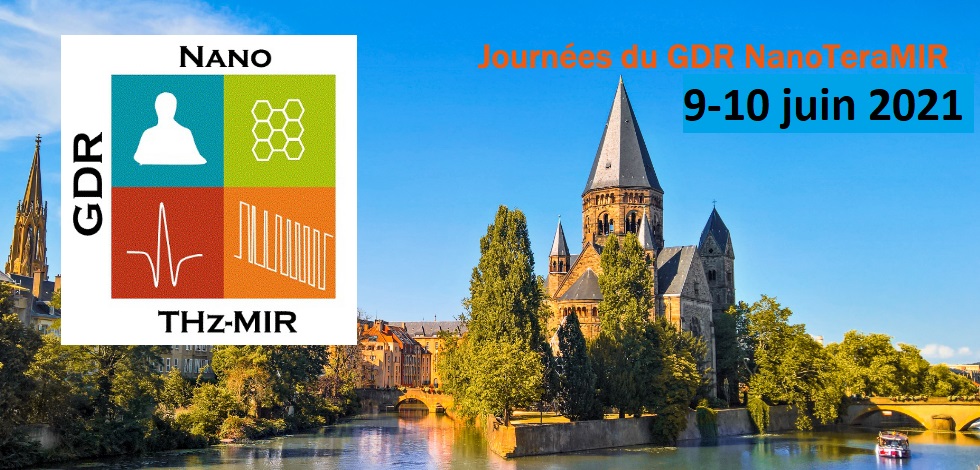The thickness of the coating layers is one of the most important quality factors in the aerospace industry. Nowadays, a number of methods exist that can quantify the thickness of coatings. However, none of them are suitable for determining the respective thickness of coatings deposited in layers on non-metallic substrates. With the development of robust systems, time-domain terahertz spectroscopy has proven to be a candidate of choice to complete the arsenal of usual methods to control the thicknesses of multi-coatings. In many cases, the study of the time of flight of multiple reflections at the dielectric interfaces of each coating allows the estimation of the thicknesses. However, when studying micrometric layers, the time of flight of the various reflections is too short to adopt such a strategy. Indeed, the multiple interactions at the interfaces give rise to a complex signal presenting the superposition of the individual contributions. To overcome such complexity, we have developed an algorithmic approach combining a previously published work, the Iterative Tree Algorithm (ITA) with specific objective function minimization. with the aim of retrieving the individual thicknesses of aeronautic coating stacks. Each layer composing a training stack was preliminary calibrated in isolation to extract its dielectric profiles. The intrinsic properties such as the refractive index and the extinction coefficient were tested for each coating, by reconstructing the topography of a deposit in isolation. These measurements were correlated with the results provided by the eddy current method (Figure 1). Following the calibration step, the estimation of individual thicknesses on a real deposit of several overlapping coatings was performed. The results were found to be consistent with a destructive optical measurement. Finally, these investigations are thought to provide the essential steps for the design of terahertz tools for the control of the thickness of different coatings present in a stack.

|
Coating Thickness Mapping Extraction by Time-Domain Terahertz Spectroscopy
1 : IMS Laboratory, University of Bordeaux
Université de Bordeaux (Bordeaux, France)
2 : Laboratoire de líntégration, du matériau au système
Université Sciences et Technologies - Bordeaux 1, Institut polytechnique de Bordeaux, Centre National de la Recherche Scientifique : UMR5218
3 : Laboratoire de l'intégration, du matériau au système
(IMS)
Institut polytechnique de Bordeaux, Université Sciences et Technologies - Bordeaux I, CNRS : UMR5218
33405 TALENCE CEDEX -
France
|
| Personnes connectées : 1 | Vie privée |

|

